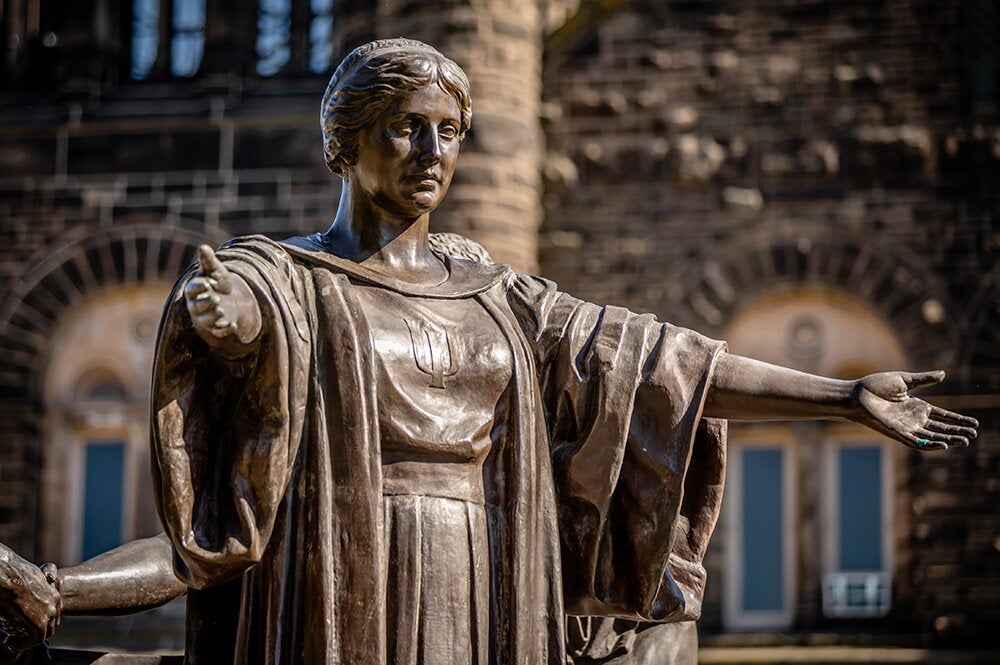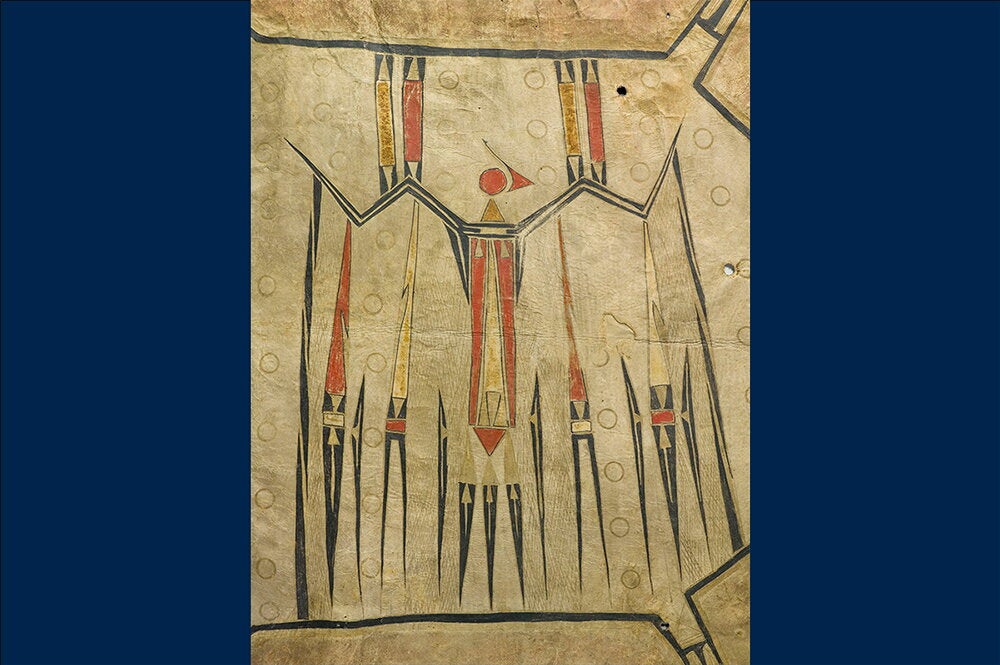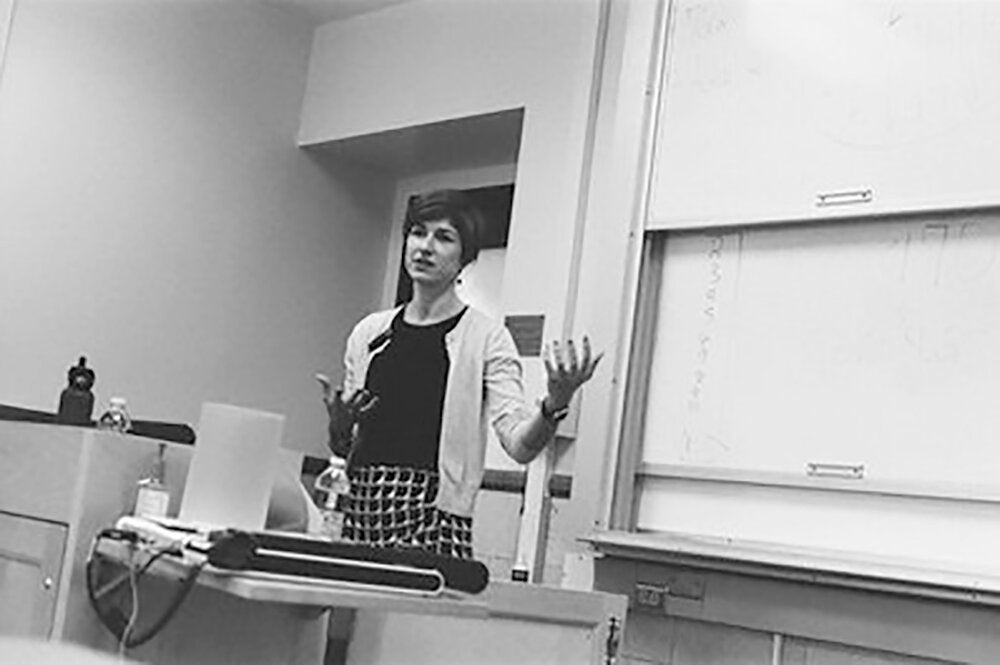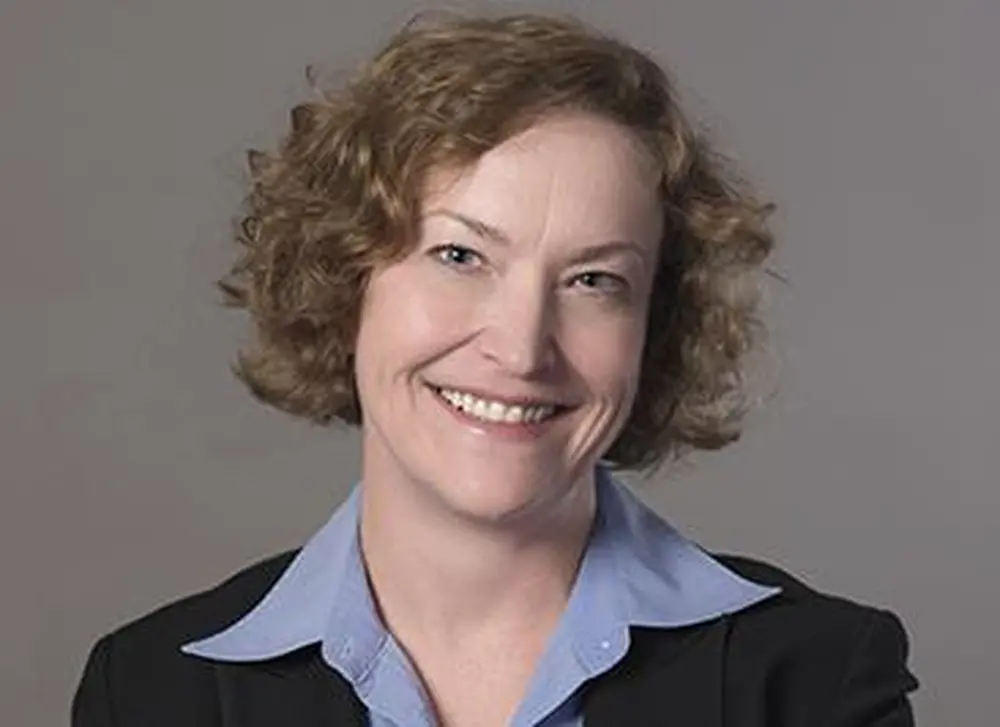
Five University of Illinois faculty members, including four in the College of LAS, have been awarded National Endowment for the Humanities Fellowships for 2016—the second year in a row that the Urbana-Champaign campus has garnered more of these awards than any other single institution.
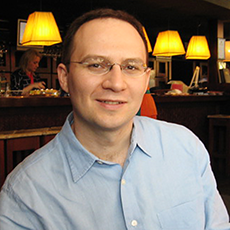
The fellowship recipients are Eugene Avrutin, a professor of history; Eric Calderwood, a professor of comparative and world literature; Cara Finnegan, a professor of communication; Gabriel Solis, a professor of music; and Derrick Spires, a professor of English.
“Congratulations to our NEH Fellowship recipients. These five are outstanding scholars, and the prestigious and highly competitive awards recognize the excellence of their work in the humanities,” said Interim Chancellor Barbara Wilson. “To have five Illinois faculty members among this year’s class of NEH fellows speaks to the extraordinary level of scholarship on this campus.”
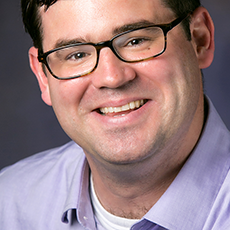
The announcement comes in the wake of a two-day visit to U of I in October by the chairman of the NEH, William Adams, who heralded the university as a strong advocate for the humanities. Since the NEH was formed in 1965, it has granted more than $28 million to hundreds of projects (mostly research and education program) at Illinois.
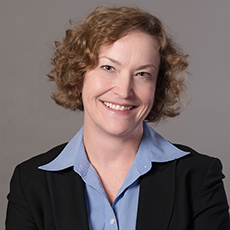
The NEH has received an average of 1,241 applications per year for fellowships in the last five rounds of competition, according to the NEH website. It awards an average of 83 fellowships per year for a funding rate of 7 percent, making the fellowships among the most competitive humanities awards in the country.
The faculty members and their projects are:
Avrutin: “The Velizh Affair: Jews and Christians in a 19th-century Russian Border Town.” Now largely forgotten, the Velizh affair (1823-35) was the longest ritual murder case in the modern world. While scholars usually attribute the charge to anti-Semitism, this study argues that tales of blood sacrifice proved remarkably contagious in the towns and villages of Eastern Europe because they resonated with contemporary popular beliefs. The proceedings of the trial thus reveal the fears and preoccupations of a population that has left no other written records.
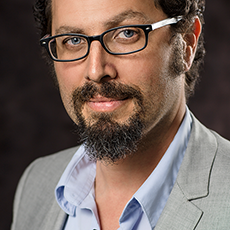
Finnegan: “American Presidents and the History of Photography from the Daguerreotype to the Digital Revolution.” While a few scholars have used photography as a lens for studying the presidency, this project uses the presidency as a lens through which to study the history of photography. It examines how presidents over time have participated in moments of transformation in photographic technologies and modes of representation, thereby revealing how Americans learned to make sense of photography’s role in public life.
Solis: “Music, Race, and Indigeneity in Australia and Papua, New Guinea.” This book investigates the ongoing history of musical alliances and affiliations between indigenous artists and activists in Australia and Papua, New Guinea, and their counterparts in the African Diaspora. Through the media of singing voices and dancing bodies, this project charts the critical ways that indigenous-Diasporic musical intersections have shaped the politics of race and indigeneity for more than a century.
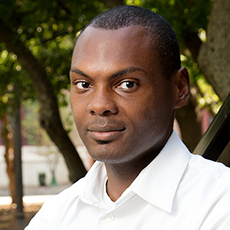
The National Endowment for the Humanities is an independent federal agency, and one of the largest funders of humanities programs in the United States.
